Geoscience Women in STEM

Lesson 1: Using engineering to turn air into energy
We all have ideas about what it means to be an aerospace engineer. In this lesson, students explore their initial assumptions, examine Jasmine Sadler's journey as an ambassador paving the way for others to follow in engineering, as they get in touch with her work in the context of their own lives.
In this lesson students get warmed up thinking about "who an aerospace engineer is" through a series of images, before analyzing an interview with Jasmine Sadler using a close reading strategy. The students will produce a timeline of Jasmine Sadler's journey from a young girl who was excited about mathematics and dance to a STEAM Ambassador. Students are invited to develop a timeline of their own life events as they consider how STEM is relevant in their lives and future path.
Connections to the Next Generation Science Standards (NGSS)
Aligning with 3-dimensional teaching and learning
Science and Engineering Practice 8: Obtaining, Evaluating, and Communicating Information.
Any education in science and engineering needs to develop students' ability to read and produce domain-specific text. As such, every science or engineering lesson is in part a language lesson, particularly reading and producing the genres of texts that are intrinsic to science and engineering." (NRC Framework, 2012, p. 76)
Nature of Science is a human endeavor.
Scientific knowledge is a result of human endeavor, imagination, and creativity. Individuals and teams from many nations and cultures have contributed to science and to advances in engineering. Scientists' backgrounds, theoretical commitments, and fields of endeavor influence the nature of their findings. Technological advances have influenced the progress of science and science has influenced advances in technology. Science and engineering are influenced by society and society is influenced by science and engineering." (NGSS Appendix H, 2013, p. 6)
Warm-Up Activity: "Draw a Scientist"
If you ask your students to describe a scientist doing science or an engineer, what might they say? Would they describe an engineer like Jasmine Sadler? Or might they describe someone more like scientists and engineers they've seen in movies, comic books, and other media? Would they describe a person they know? Would the person they describe be someone they'd want to be like?
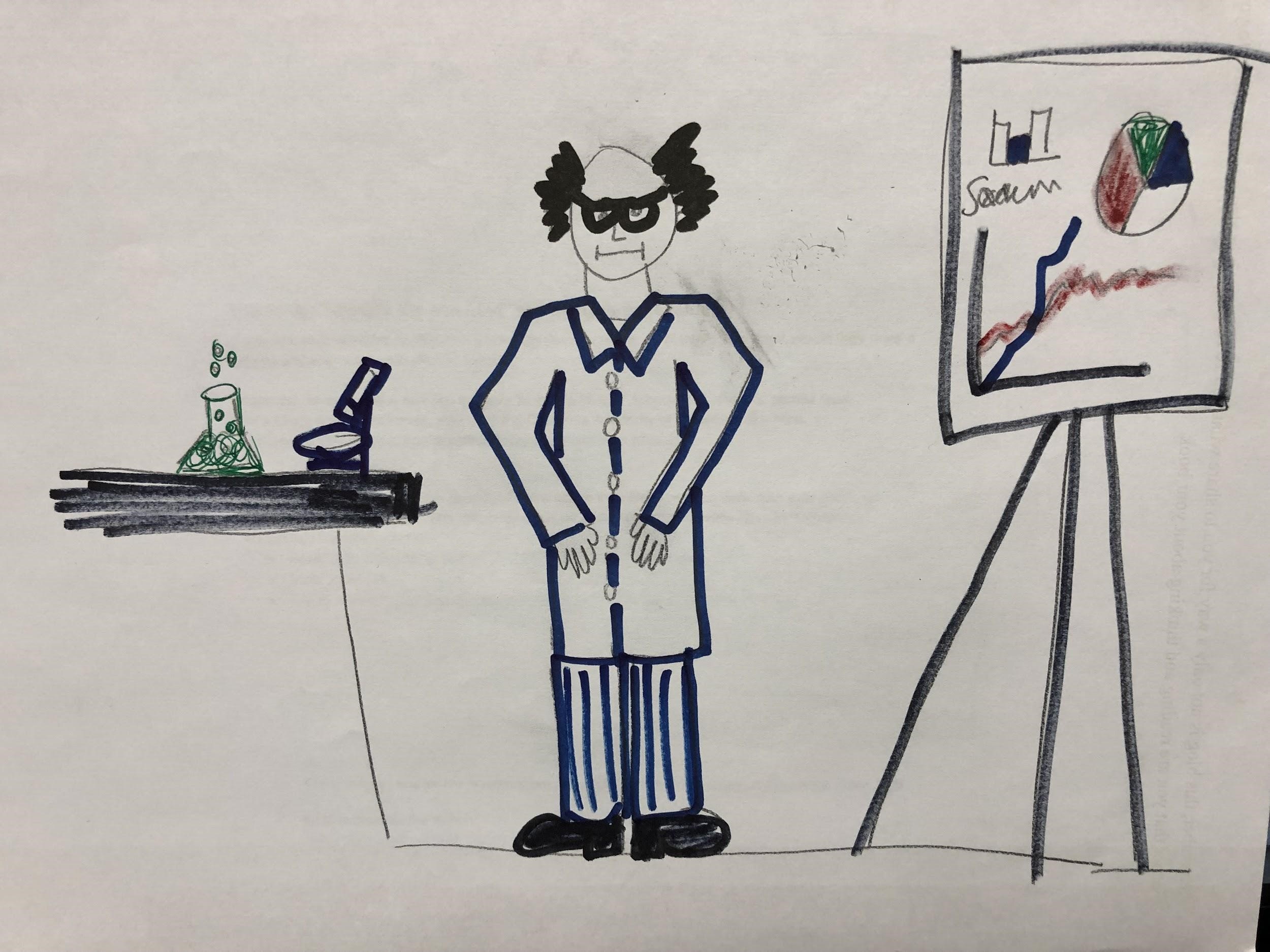 In this lesson, students are introduced
to Jasmine Sadlern through her short
video: "San Diego STEAM by Adorn the World"
Students then will practice close reading skills on a biographical article on Jasmine Sadler from Nautilus Magazine.
The article takes readers on a journey from her younger days tutoring her peers in math to working in the community as a
STEAM Ambassador. As they read, students collect data from the article that they can use to build a timeline.
Later, students revisit the timeline as they think about their own future and interests.
In this lesson, students are introduced
to Jasmine Sadlern through her short
video: "San Diego STEAM by Adorn the World"
Students then will practice close reading skills on a biographical article on Jasmine Sadler from Nautilus Magazine.
The article takes readers on a journey from her younger days tutoring her peers in math to working in the community as a
STEAM Ambassador. As they read, students collect data from the article that they can use to build a timeline.
Later, students revisit the timeline as they think about their own future and interests.
Ask students to draw a scientist or engineer. Have them write a short description of their drawing that tells a little bit about the different parts of the drawing. Discuss these drawings, and help students consider what the drawings suggest about things such as what scientists and engineers do, how they work, where they work, and who can be a scientist or engineer.
Activity 1: We are better together!
As an introduction to Jasmine Sadler, encourage your students to watch Jasmine Sadler's video: "San Diego STEAM by Adorn the World" where we learn about her love for engineering and dance.
Activity 2: A Scientist's Timeline
- To make an editable copy of a Google Spreadsheet timeline template click here.
- For a lesson plan describing the close read pedagogy: Informational Text Strategies: Close Reading click here
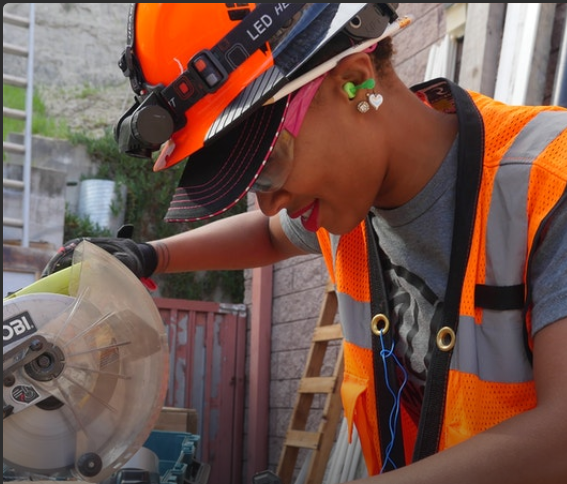 So that students can collect data that will be used
to construct a timeline of Jasmine Sadler's life, guide students in conducting a close read of
the Nautilus article: How Art Helps Science Advance.
So that students can collect data that will be used
to construct a timeline of Jasmine Sadler's life, guide students in conducting a close read of
the Nautilus article: How Art Helps Science Advance.
Activity 3: Developing a Scientist's Timeline
From the data that students collect in the close read of her biography, they can develop a timeline of Jasmine Sadler's journey from a young girl to an aerospace engineer using the template provided or another timeline app.
Timelines can be created using several applications, such as Timeline Editor, Google Drawing, or an Add-on such as Lucidchart.
This timeline activity is intended to enable students to see that the life of a scientist is not so different from their own lives in many ways.
An example of a finished timeline is shown below.
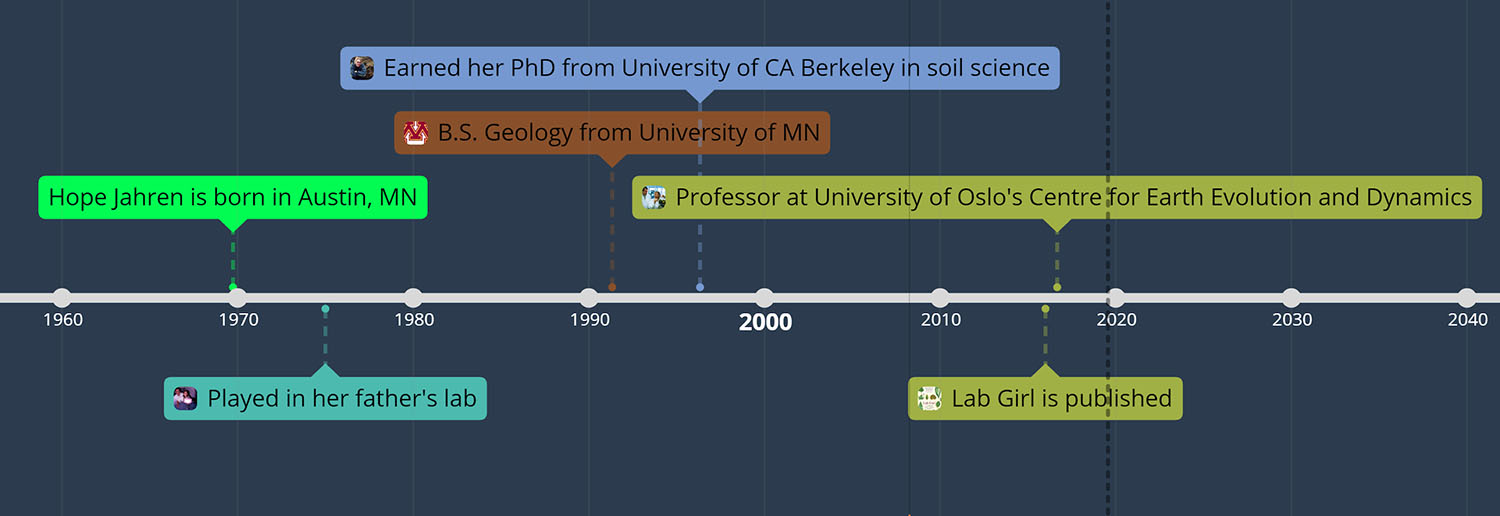
For additional tools that can be used to construct a timeline, see:
Timelines can be created using several applications, such as Timeline Editor, Google Drawing, or an Add-on such as Lucidchart.
This timeline activity is intended to enable students to see that the life of a scientist is not so different from their own lives in many ways.
Activity 4: Personal Timeline
Now that they have considered Jasmine Sadler's timeline, students can think about their own interests and the events that may have helped them develop those interests. Then students can project themselves into a possible future and record their ideas on their timeline. What might they see themselves doing as a result of their interests? What new interests might they develop? What role might science and other STEAM fields play in those pursuits? How could a person's pursuits be affected by science even if they are not going to become a professional scientist or other STEAM worker?
Ask each student to create a timeline for their own past and possible future.
Activity 5: Reflection activity
Now that students have had an opportunity to journey along the pathway of an aerospace engineer like Jasmine Sadler, it's time to reflect again on their personal perceptions of scientists and engineers. Consider the images in this array of places where scientists and engineers might work.
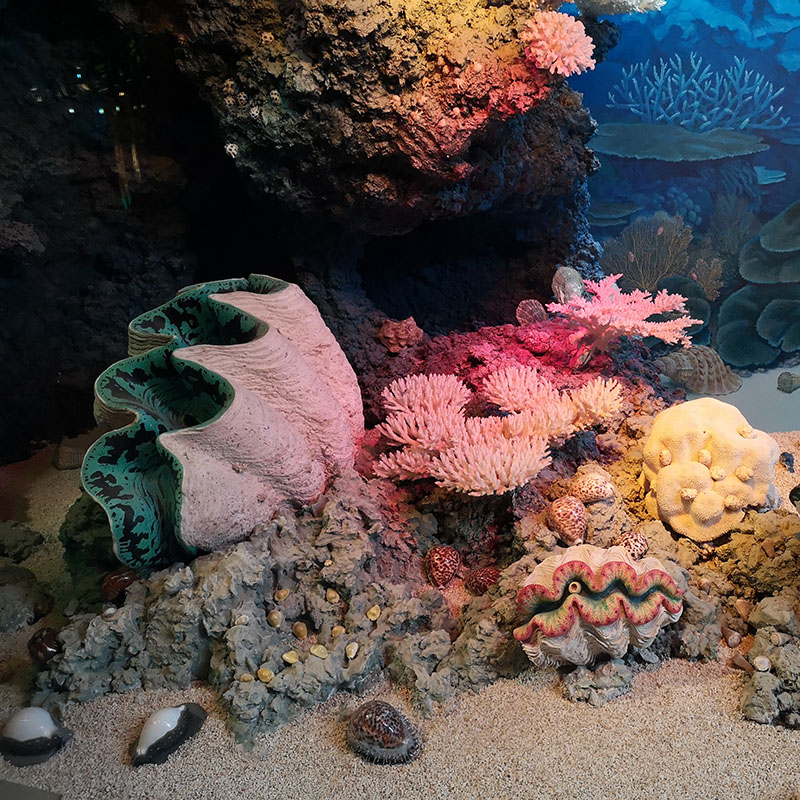

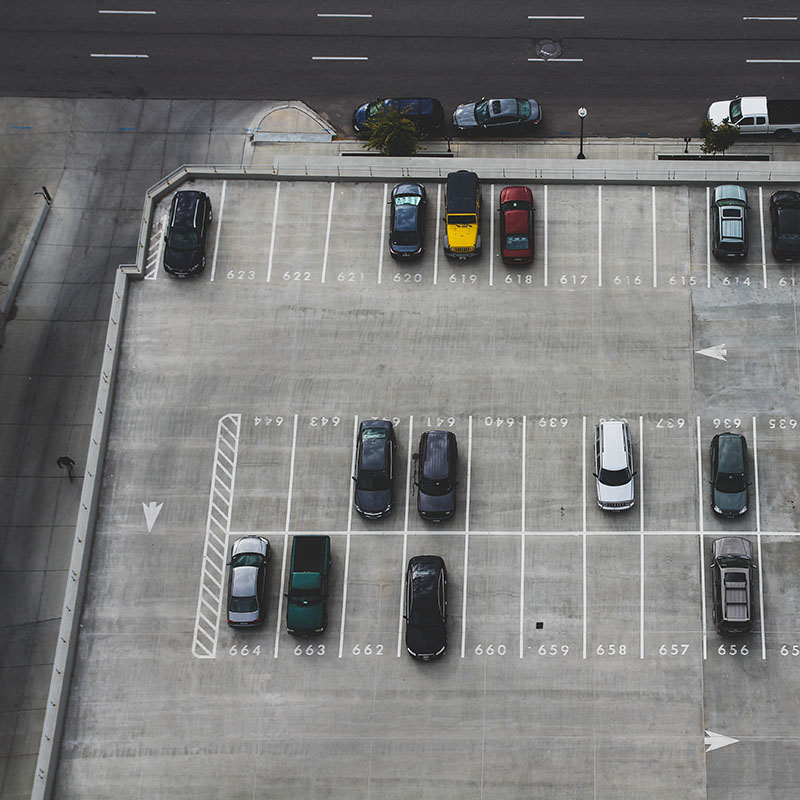
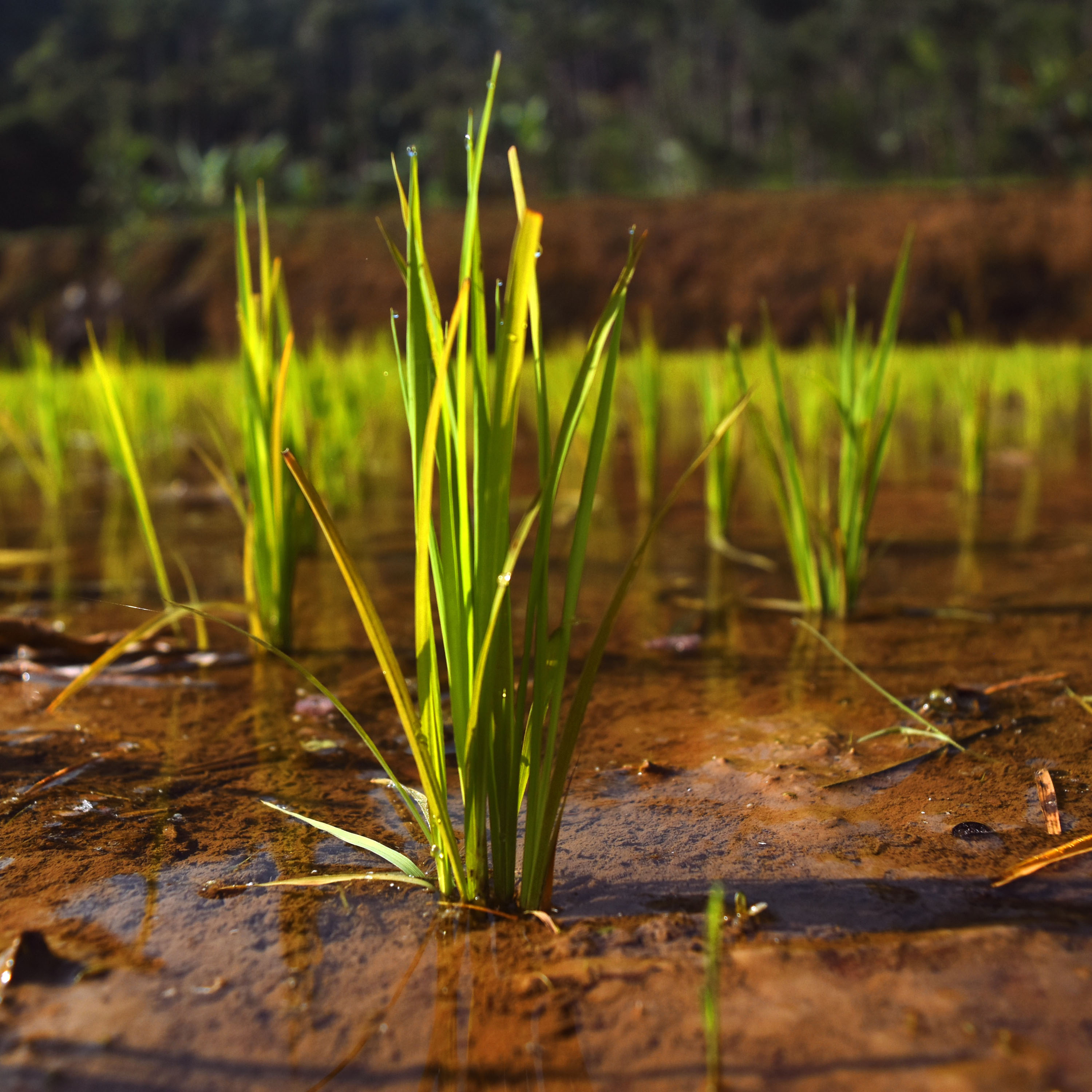
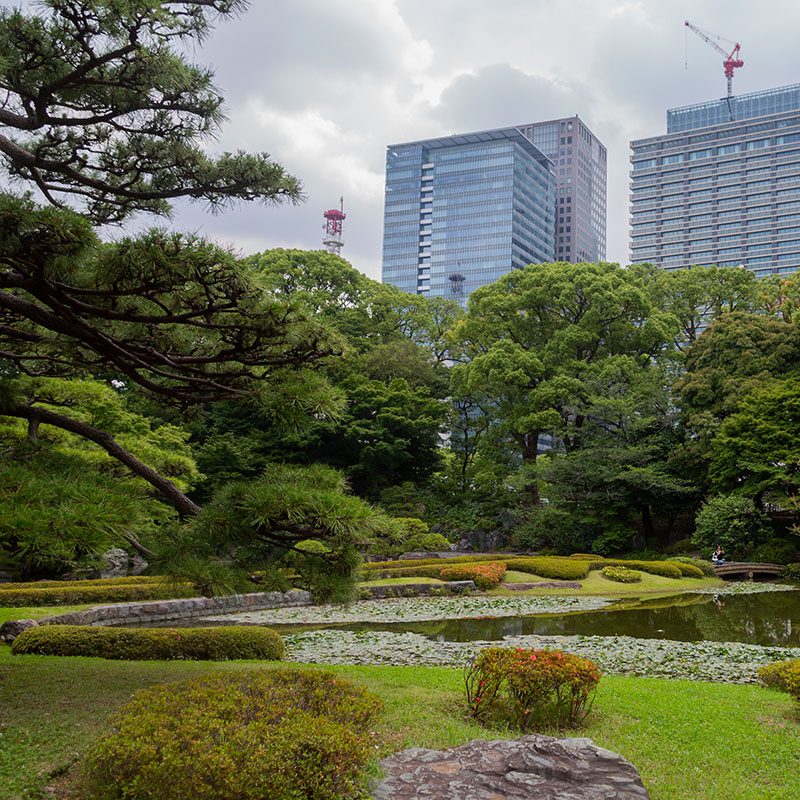

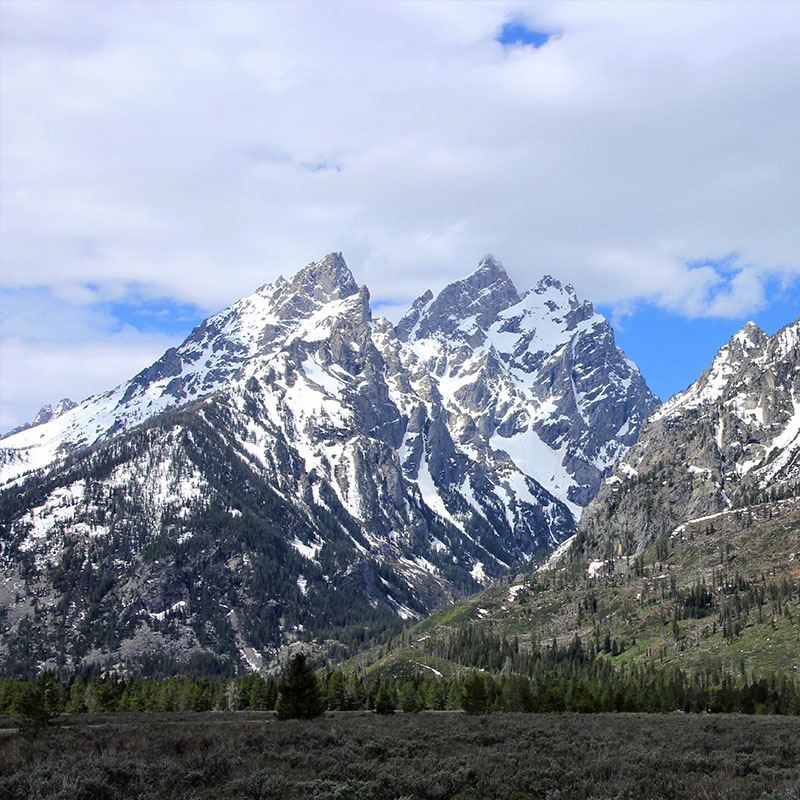

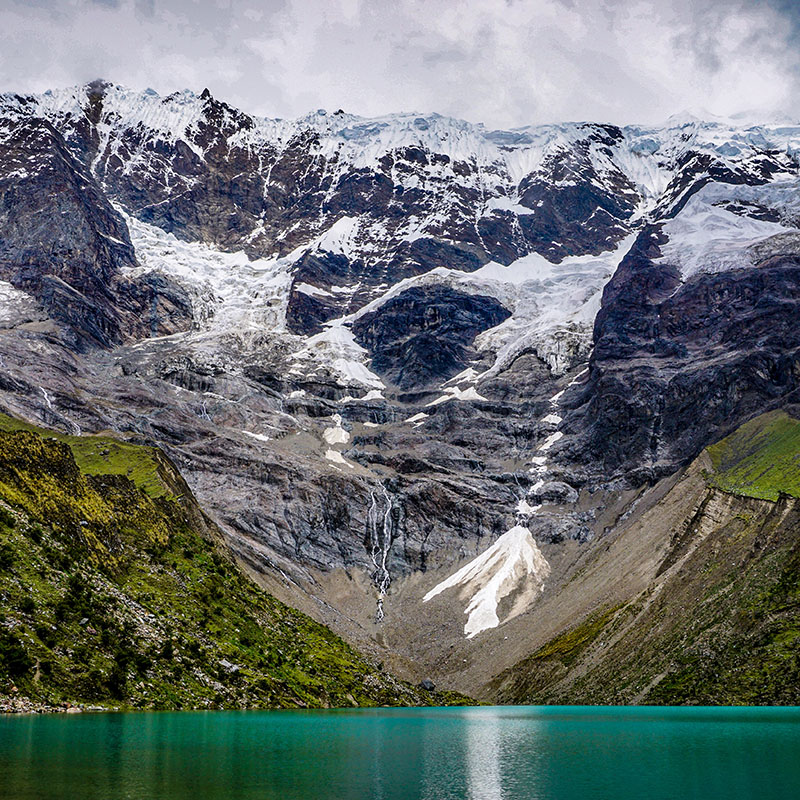
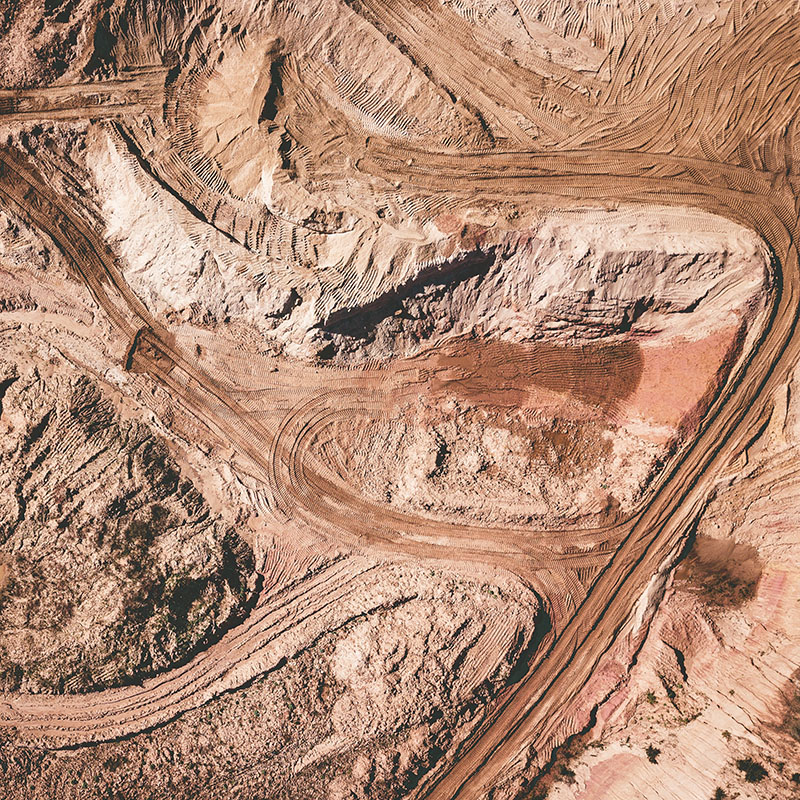
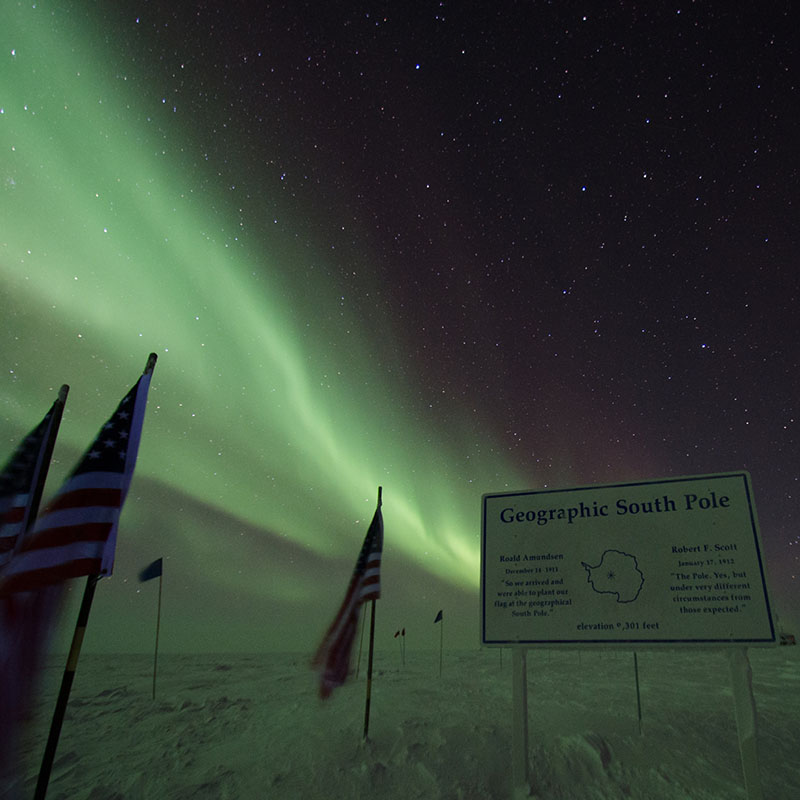

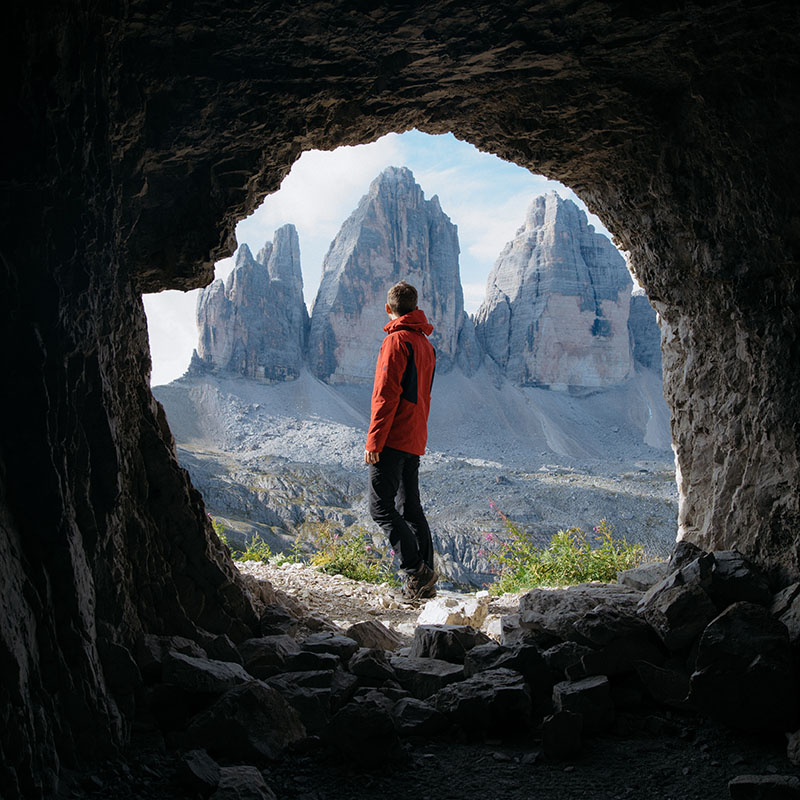
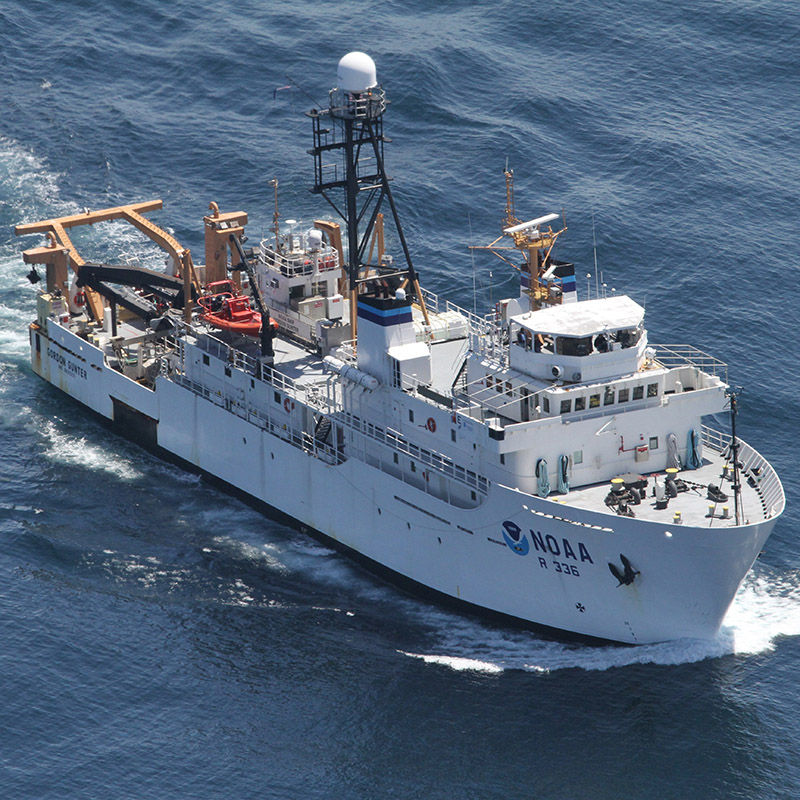
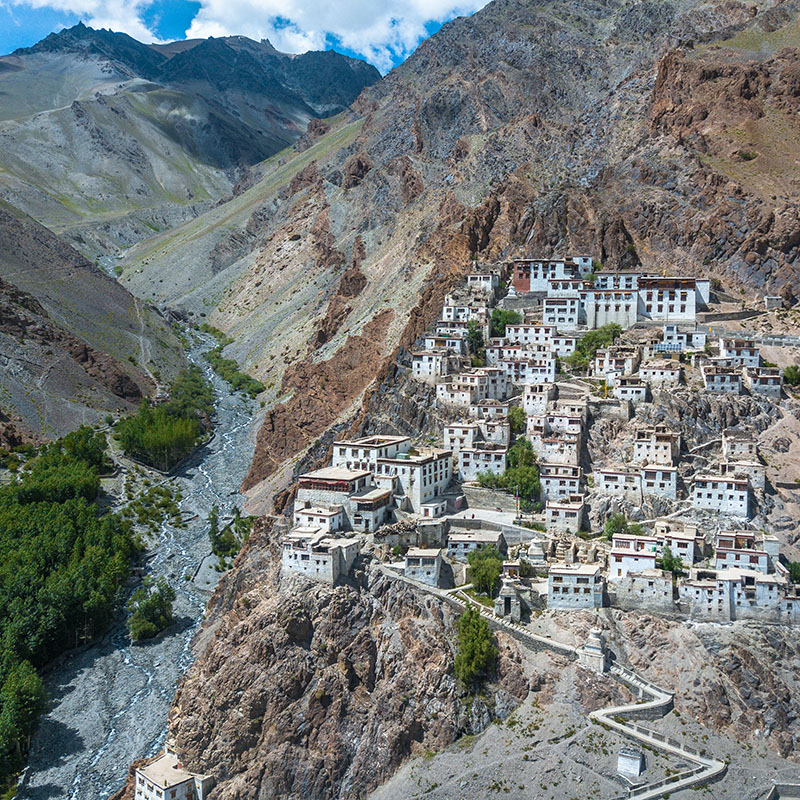
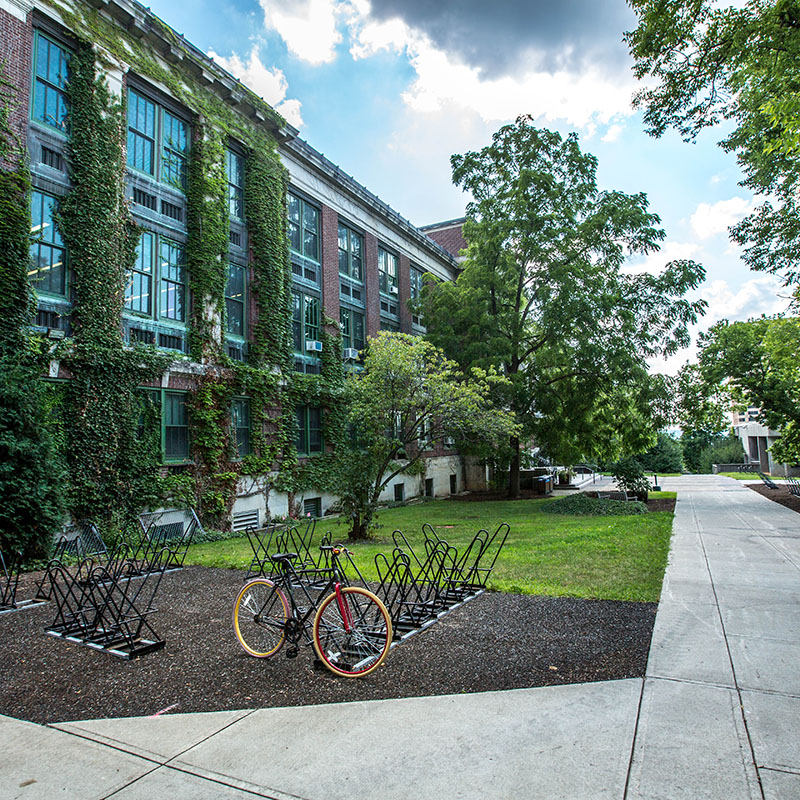
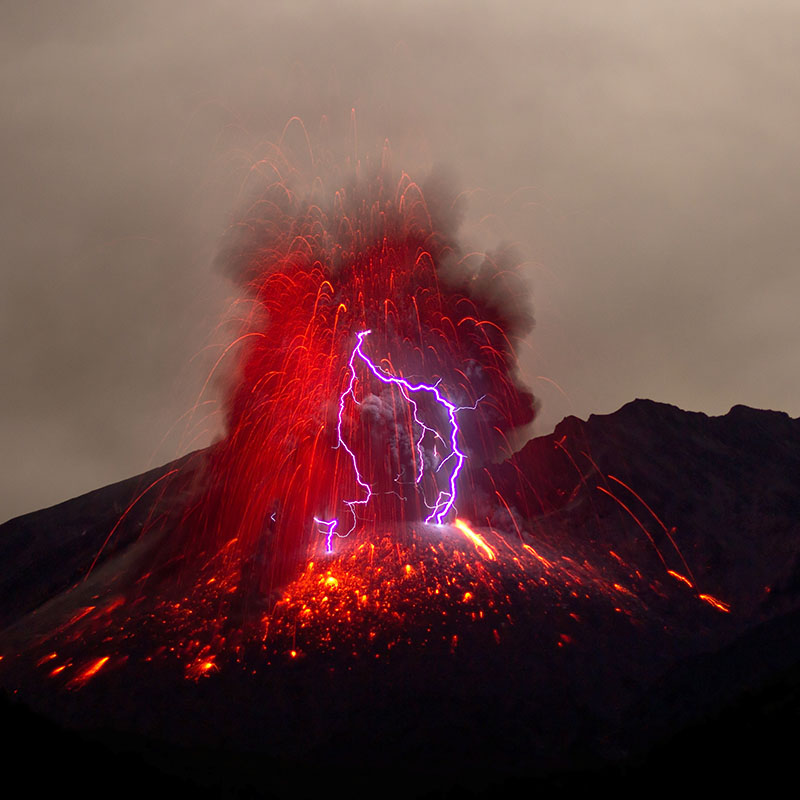
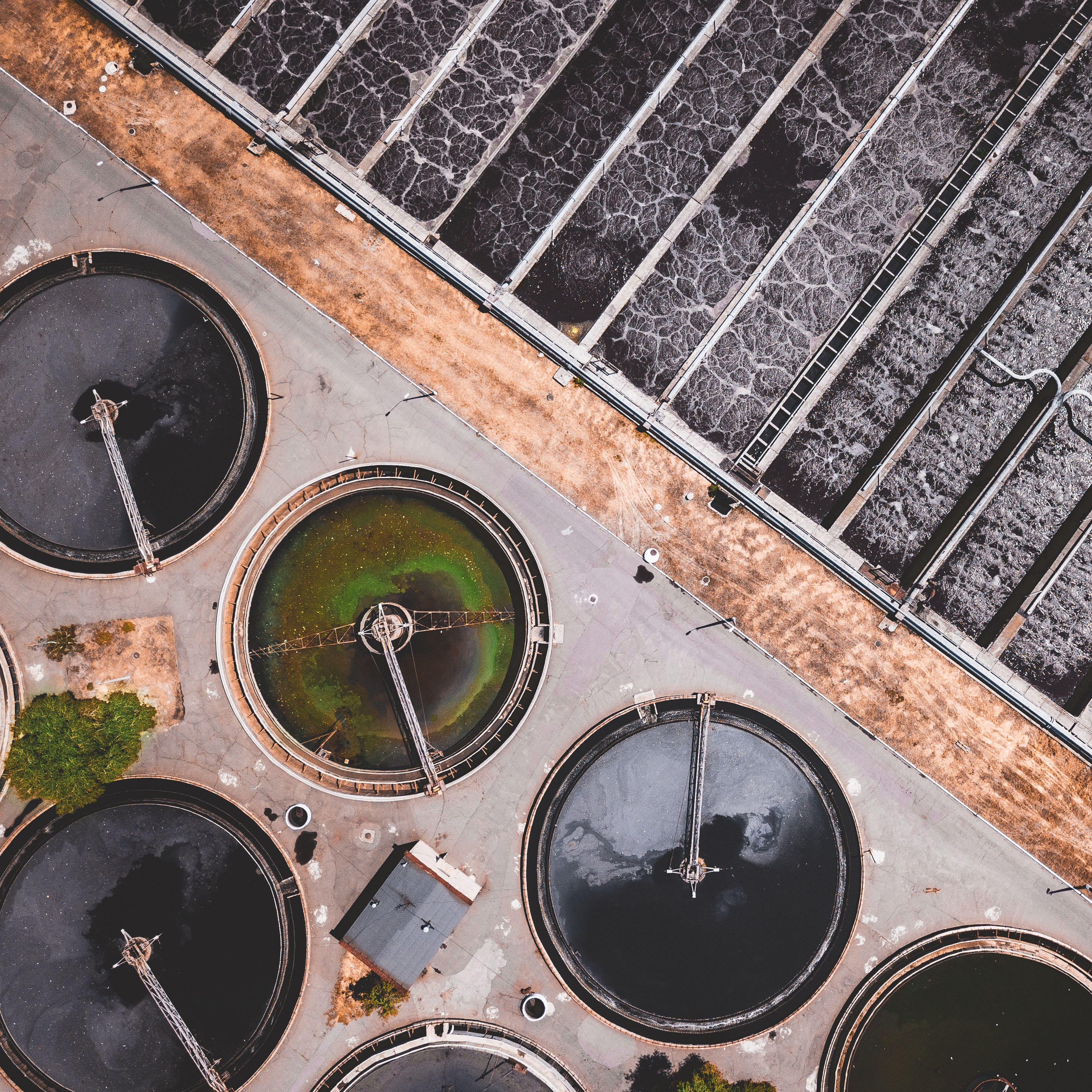



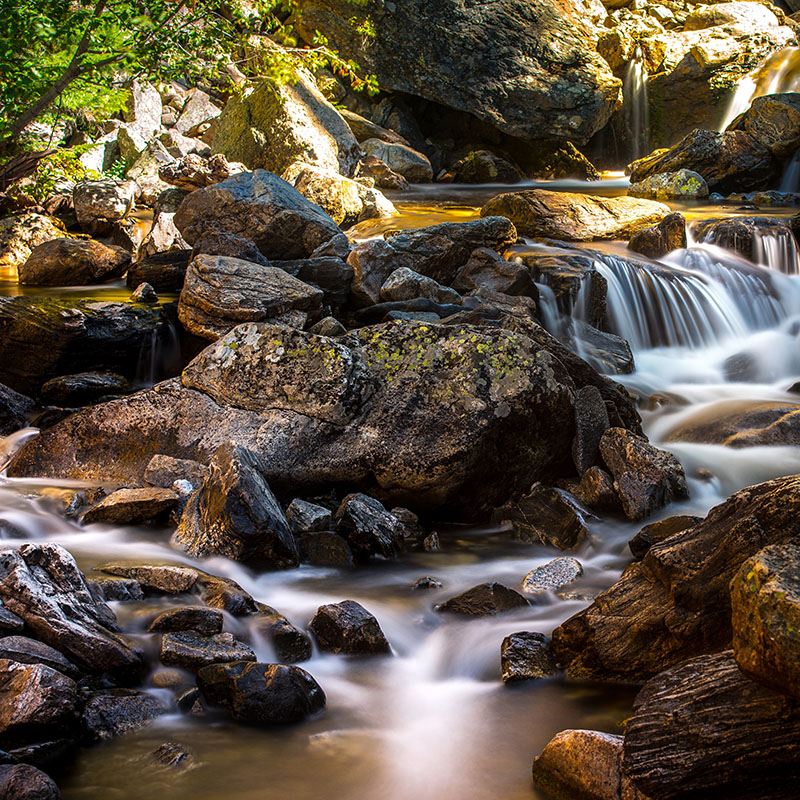






Do places like this come to mind when you think of where scientists and engineers work?
Consider each place shown.
- What questions do you have about the place?
- What might scientists and engineers investigate in the place?
- What kinds of questions might scientists and engineers ask about this place?
- How might the work scientists and engineers do in this place affect people?
- How might you feel if you were studying a place like this?
- How has your thinking about the work of scientists and engineers changed?
- What caused your thinking about scientists and engineers to change?
